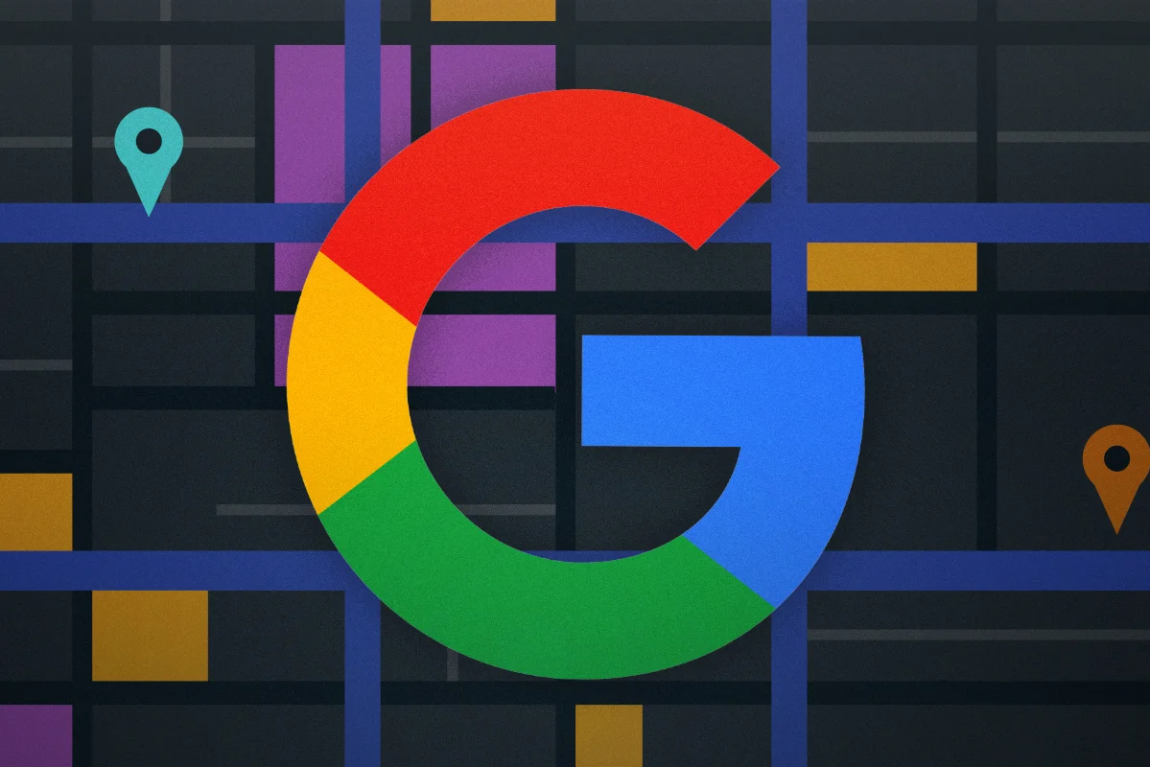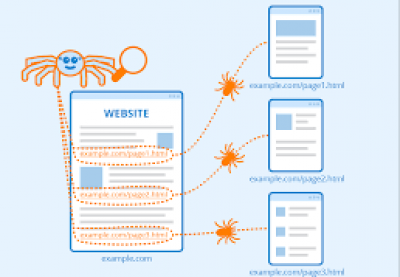
Google I/O 2023 – Search Generative Experience Explained
In May 2023, Google hosted their annual developer console in California known as Google I/O. This conference attracts both developers and consumers, eager to find out about Google’s upcoming plans. Google uses this conference to show their latest technologies and products. The 2023 Google I/O conference also announced some changes coming to their search pages, known as the Search Generative Experience (SGE) which will be powered by AI.
As Google keeps trying to innovate the search landscape, they are taking advantage of the recent wave of technological advancements through AI by announcing their approach to AI with SGE. We do not have all the details just yet, but SGE will evolve over time. The focus of SGE, as with the majority of Google’s updates, is to help users find better answers faster. Google has given us some important details that should be considered as SGE is eventually rolled out.
What are the different parts of Google’s Search Generative Experience
SGE is Google’s existing search engine results pages (SERP) that has been empowered by artificial intelligence to answer user queries on the SERP in more detail. This includes more complex, specific, long tail searches. SGE is made up of three parts to provide the enhanced search experience, they are:
AI Snapshot:
The AI Snapshot component of SGE generates a unique answer for longer form queries within the SERP. Featured Snippets are one of Google’s Rich Results, where a section of a website content is pulled in to SERPs and is displayed Google understands it best answers a user’s question. Through the power of AI, in SGE, Google will produce a unique answer to the user’s answer to the user’s search using multiple sources.

Currently, for a long, complex query such as “Is school A better than school B better for my 3-year-old son?”; Google would provide a list of helpful links that each answer a section of the query. With SGE, Google would answer this query in SERPs by pulling different information from many websites. This answer is called a Snapshot by Google.
Google will provide links and thumbnails of the websites it used to build the Snapshot. Google’s intention is not to answer the user’s question and take away from websites. By listing the websites used to build the Snapshot, the users that click through to the websites will be qualified traffic (traffic that is specifically looking for the content focus).
The AI Snapshot will not be present for all searches. For searches where Google does not have enough information, or sensitive topics such as money or medical information; an AI answer will not appear.
Conversational Mode:
Many users’ search for information does not end after one query. There are usually further searches, each being developed from the information found with the previous search, until the final answer is found. SGE has a conversational mode which is designed to handle follow up questions/searches, maintaining the context of the entire search journey around the specific topic.
Google demonstrated this at Google I/O and it works similar to a chatbot system. A user will need to tap “ask a follow-up” after their initial search. They will then be pulled into a chat system where Google will remember the context of each search (which Google currently does not) and further searches can happen without having to add extra context for Google’s benefit.
The example used at Google I/O 2023 started with a question being asked about Whales; and then followed up with “plush ones for kids under $40” and SGE understood this was referring to plush Whale toys.
Vertical Experiences:
SGE is also affecting vertical searches such as shopping and finding local businesses. In SGE, you can provide a commercial search with multiple parameters and SGE will understand. If extra parameters are needed, the Conversational Mode features could be used to develop the search query.
For example, if someone wanted to search for a bike for their 5-mile, hilly commute to work; or a 5-star holiday in Europe for their family of 5 with 3 children under 16 and a dog; SGE would answer the question and interestingly, use Google Shopping information to provide potential products that may be ideal for the user. The AI generated answer to the query may include information around what to consider when looking at the bike/holiday and include reviews, prices and a thumbnail. As the query becomes more refined in the Conversational Mode, the products will become more specific also.
What does this mean for digital marketers:
On face value, this can be quite intimidating to digital marketers; but there are key points where Google is promoting businesses and websites through SGE.
There may be a level of decline in click through rates and organic traffic as the AI snapshot makes up most of the above the fold screen. However, as mentioned with the AI Snapshot, Google will provide the links it uses to build the Snapshot. This will provide a new opportunity for digital marketers to optimise their content to appear in the Snapshots, to increase their organic visibility. Also, the clicks that come through the AI Snapshot will be highly relevant traffic to the content on the page.
Also, with products being pulled in to the AI powered answers, it is a new space for products to be advertised. In the same way the traffic driven to websites through the AI Snapshot is highly qualified; the traffic driven to products through SGE could be highly transactional (a user clicking on the product through the SGE answer may be highly likely to make a purchase). Having your content/product through to the SGE answer may be a high indication to users that you are trustworthy and have a major positive impact.
Currently, there is not a lot of information as to how the AI answers will be measured or reported on. As the features get rolled out there is no doubt they will go through some changes as the public experience the new features so reporting may come after a large-scale release of SGE. The monitoring and measurement of AI answers in SGE may give a look into how to optimise for them. For now, you can sign up for Google Search Lab to join the waitlist for SGE to get first access to the new search experience.
As more information is released around Google’s Search Generative Experience, stay up to date here with the Digital Carrera team. Contact us today to stay prepared for the eventual wide scale release of SGE.
 Pinterest
Pinterest Twitter
Twitter Facebook
Facebook

